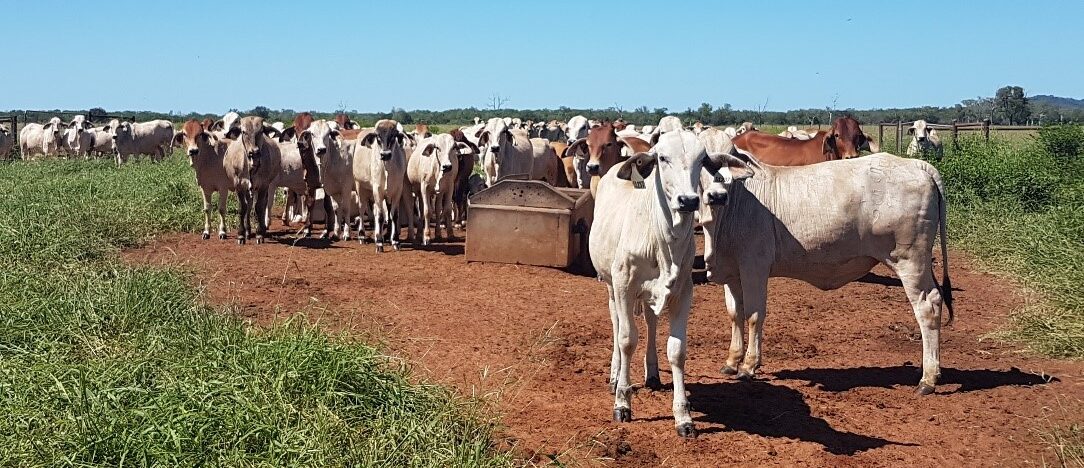Repronomics II – Building and delivering!
The Repronomics II Project is up and running in the Northern Territory (NT) with many collaborators working to identify genomic indicators of fertility, increase the size of the genomic reference populations for key tropical breeds and improve the accuracy of selection for fertility for northern beef producers.
“Cattle in northern Australia have had the unfortunate reputation of having low fertility. The Repronomics projects are combatting this by improving the accuracy of Estimated Breeding Values (EBVs)—allowing highly fertile cattle to be easily selected across breeds,” says NT Department of Industry, Tourism and Trade (DITT) Livestock Officer Gretel Bailey-Preston. “This is going to allow northern beef producers to make informed selection decisions without having to collect the data required to do this themselves.”
As a result of the project, sire and dam selection will be able to be based on production goals of individual properties, and comparisons will be able to be made across breeds, thereby increasing the rate of improvement in fertility and ultimately breeding efficiency.
In the NT, Repronomics II is being conducted on DITT’s Douglas Daily Research Farm, north of Katherine. Every six weeks, the yearling heifers’ ovaries are scanned until they start cycling (either become pregnant or a corpus luteum is found on an ovary). Heifers that have had their first calf are scanned again from the end of mating until they resume cycling, to identify the length of their anoestrous period. The research is determining whether there are specific genomic indicators of high and low fertility that can be used to confirm the genetic merit of females and increase the accuracy of the fertility EBVs. In addition to the continuing work with Brahmans, the NT DITT has increased the reference population by 2,000 Composite females and is recording all physical traits related to heifer puberty, as well as hip height, weight, body condition score, P8 fat depth and eye muscle area (using ultrasound scanning).
“Providing producers with the tools to make better selection decisions based on fertility is going to increase beef herd productivity in northern Australia. In an ever-changing climate and market, we need our cattle to become as efficient as possible, using minimum resources. The results from this project will be a real game-changer for the northern beef industry,” says Gretel.

Repronomics II is a collaborative project between NT Department of Industry, Tourism and Trade, the Animal Genetics and Breeding Unit (AGBU) at the University of New England and the Queensland Department of Agriculture and Fisheries. It is funded by Meat and Livestock Australia, and will run until 2024.
For more information about the Repronomics II project, contact Gretel Bailey-Preston on (08) 8962 4493.